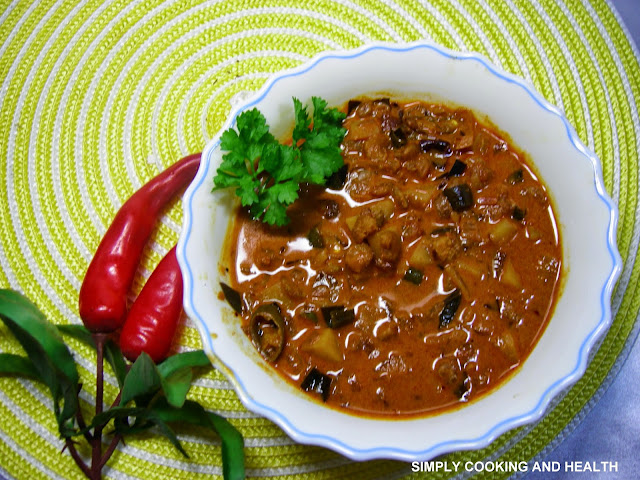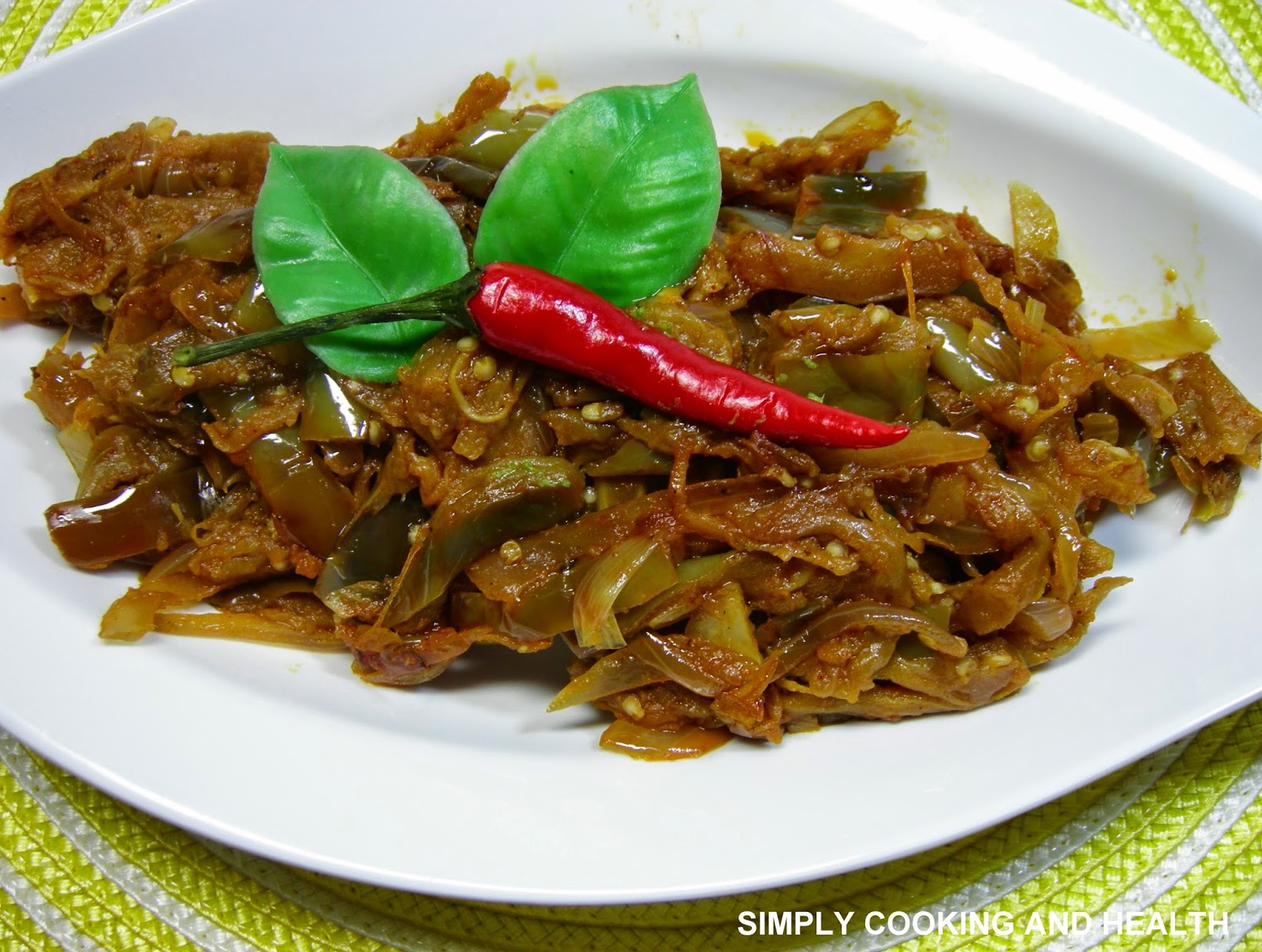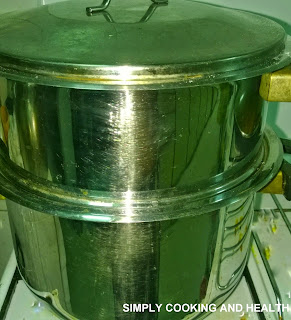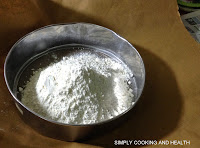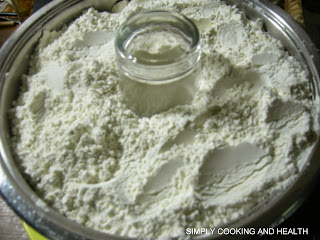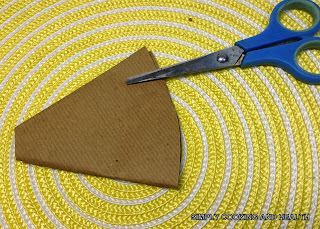 |
| Vegetables |
The toxins in the body may consist of arsenic, lead and mercury.
A detoxification (detox for short) program is undertaken to eliminate toxins from the system. Liver and kidneys are naturally endowed with capability of eliminating toxins. In many cases the toxin is the system is more than what the liver and kidney can eliminate. Then bio accumulation of toxins sets in.
.JPG) |
| Fruits |
Generally it is good to go through a simple detoxification program once a year. This will ensure that you will not accumulate heavy metals in your system.
Unexplained fatigue, sluggish elimination, skin irritation, allergies, minor infections, eye bags, bloating, menstrual problems and mental confusion may indicate that you may need detoxification. These are very general symptoms and could be for various other conditions as well. Blood and urine tests will reveal heavy metal deposits in your system. Then you will need to go through a cleansing program.
 |
| Probiotics |
Mercury Poisoning
This is one of the heavy metal poisoning of human body. All river fishes and most large ocean fish, such as shark, tuna and swordfish, contribute to the mercury build up in human body. Using coal to heat homes also could cause increase in mercury consumption. Amalgam, a form of tooth filling, also contributes to increase in mercury levels.
Mercury will be found in blood and in tissues. It concentrates in fatty tissues, especially in the brain, which is made mostly of fat.
How to detect mercury in your system
This is done by challenge or provocation test with doctor’s prescription. Usually 500 mg of DMPS (Dimercaptopropanesulfonic acid (pronounced dye-mer-cap-toe-pro-pain-sull-fon-ic acid)) in one dose first thing in the morning after you empty your bladder. Thereafter you collect urine for the next 6 hour period.
DMPS is a chelating agent, which means that it binds to metals such as mercury, lead and arsenic and forms stable complexes with these metals, so that they will be eliminated from the body. DMPS is water soluble. In oral administration more than 50% of DMPS is absorbed by the body. DMPS is water soluble and about 90% of it eliminated through the kidneys. It was developed in Russia in the 1950s and has since been used in Europe. Usually DMPS treatment will be for a period of 30 days and a patient will consume about 4 grams of DMPS during this period. At the end of 30 day period, a urine test will be done and if high level of mercury is indicated then the medication will be continued for another 30 day period. This may go up to about 5 months. In most cases the first month of detoxification will suffice. In medical literature it has been reported that 4 ½ was the longest period during this treatment was administered. Side effects may include skin reactions such as itching, rash, urticaria, nausea, dizziness, fever, weakness, skin reactions, mucous membrane reactions, shivering and fever. But these are said to be mild.
 |
| Extra virgin olive oil |
DMPS is not approved by FDA and therefore is not available in the US. The reasons for non-approval by FDA could be that DMPS may pull out some useful metals such as zinc and copper. Secondly it could also dump large quantities of mercury in the liver and kidneys which could result in damage to these organs. Instead of DMPS the doctors in US will prescribe DMSA (Dimercaptosuccinic acid) which is FDA approved but removes lot less mercury than DMPS. For the challenge test you will take about 30mg/kg. For treatment you will take 100 to 250mg capsule three times a day before meals for 3 days then take 11 days off. This treatment will continue for 6 months after which you will do the urine test.
During the treatment you may be advised to take vitamin B and C, glutathione and phospholipids to boost the detoxification process. Regular bowel movement and intake of plenty of water will also help. Powdered flax seed will help in improving bowel movement. If you do not have at two bowel movements a day, you may end up reabsorbing some of the eliminated mercury from the gut.
Lead Poisoning
Lead poisoning occurs when large amount of heavy metal lead is in the body. Lead is poisonous to many organs and tissues such as heart, kidneys, bones, reproductive and nervous systems.
Air, water, soil, food, and consumer products are the main sources of lead accumulation. In adults lead accumulation may be due to occupational exposure. Lead is used in soldering. It is also found in storage batteries.
Simplest way to test for lead is to find out the amount of lead circulating in the blood. This may not reveal the total amount of lead stored in the body, but it gives a starting point.
Lead in blood level is expressed as micro grams per deciliter (µg/dl), or micro grams per 100 grams (µg/100 g).
According to the Centers for Disease Control (US) has stated that in adults 10 µg/dl of the whole blood is elevated blood lead level. For children this is much lower at 5 µg/dl of blood.
Symptoms of lead poisoning are headaches, constipation and difficulty in sleeping, vomiting, seizures etc. These are very general and may be due to various other reasons. Therefore it is not possible to diagnose lead poisoning based on symptoms. It is good to get tested for lead poisoning.
.jpg) |
| Vegetable juice |
Detox programs
Detox programs for mercury and lead poisoning are administered by doctors.
The World Wide Web abounds with detox programs which many scientist call as wastage of money and time. There is little or no scientific evidence of the effectiveness of the programs. Many research studies on these programs are inconclusive or contradictory.
So we have to rely on our common sense to identify some foods and practices that will help in the elimination of toxins from our body.
Some medical practitioners who are treating toxins have written about their treatments. This would be a good lead. Some scientists have published their findings on individual research. This could give us another lead. For example Dr. Mercola says that sleep is critical for brain detoxification.( Sleep Is Critical for Brain Detoxification, Ground-breaking Research Finds)
 |
| Peanut |
Niacin is a water soluble Vitamin B. It has the ability to dilate blood vessels, improve blood circulation and also decrease cholesterol levels. Toxins are deposited in the fatty tissues. Niacin is able to send blood supply to the fatty tissues through minor capillaries and thus able to flush out toxins.
Niacin therapy is administered by doctors and may be supplemented with sauna, exercise, activated carbon and weight loss.
 |
| Mung bean |
Humble garlic or cilantro may also be effective in eliminating heavy metal from our body.
Some common cleansing programs
1. Exercise is an excellent way of eliminating toxins from your body.
2. Drinking plenty of water will eliminate toxins with urine.
3. Take lemon juice early in the morning.
4. Eat plenty of raw vegetables and fruits. The fiber in them will help in eliminating toxins.
5. Daily 15 minutes of meditation will eliminate stress and keep your body free from toxins.
6. Dry brushing and sauna will help to release skin toxins.
7. Take Vitamin C.
8. Avoid alcohol, dairy, sugar and coffee.
9. Eat fresh fish.
10. Take unsalted nuts, seeds and legumes.
11. Take extra virgin olive oil and apple cider vinegar.
12. Take garlic, ginger and pepper.
13. Take honey.
14. Take vegetable juice daily. Try juice fasting for a day or two.
15. Take probiotics to get rid of the bad bacteria.
Do not try any of the above if you are pregnant or breast feeding. Some of the dieting and beauty programs include detoxification as a part of the therapy. It is always good to consult you doctor before you attempt on any detoxification program.
2. Drinking plenty of water will eliminate toxins with urine.
3. Take lemon juice early in the morning.
4. Eat plenty of raw vegetables and fruits. The fiber in them will help in eliminating toxins.
5. Daily 15 minutes of meditation will eliminate stress and keep your body free from toxins.
6. Dry brushing and sauna will help to release skin toxins.
7. Take Vitamin C.
8. Avoid alcohol, dairy, sugar and coffee.
9. Eat fresh fish.
10. Take unsalted nuts, seeds and legumes.
11. Take extra virgin olive oil and apple cider vinegar.
12. Take garlic, ginger and pepper.
13. Take honey.
14. Take vegetable juice daily. Try juice fasting for a day or two.
15. Take probiotics to get rid of the bad bacteria.
Do not try any of the above if you are pregnant or breast feeding. Some of the dieting and beauty programs include detoxification as a part of the therapy. It is always good to consult you doctor before you attempt on any detoxification program.



















